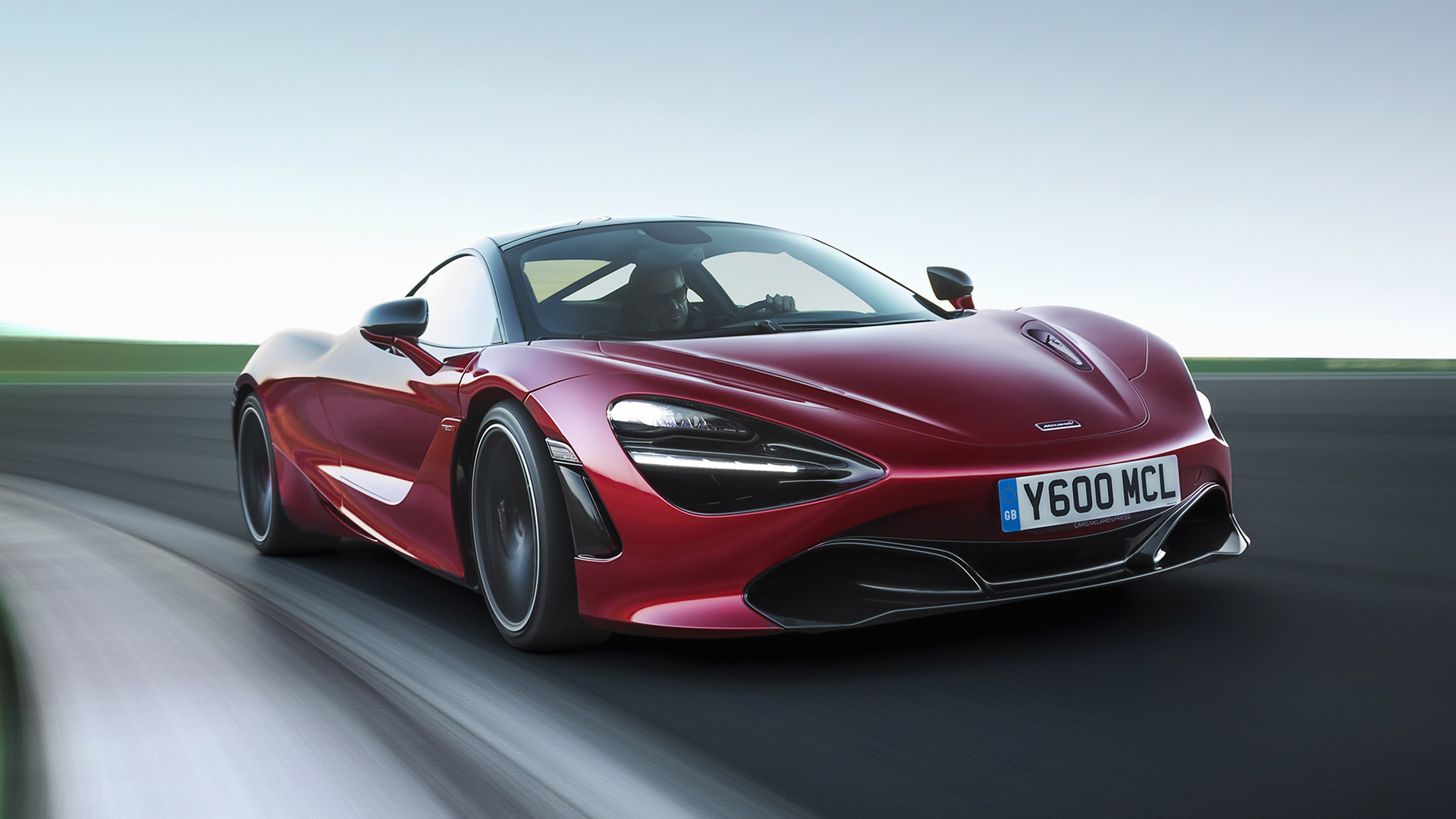

Like many a modern-day supercar—hey there, Ferrari 812 Superfast—the McLaren 720S hides a hint as to the power it packs within its alphanumeric name. That “720” represents the car’s output in metric horsepower—or, in the Imperial ponies we use here in America, 710 horses. That figure means the new Mac and its 4.0-liter twin-turbo V8 overshadow the car’s immediate competitors, the 661-hp Ferrari 488 and 572-to-631-hp Lamborghini Huracan, by a significant margin.
And as it turns out, that 720 horsepower number seems to be something of a lowball. In other words…McLaren seems to be understating the official horsepower for the 720S.
How do we know? Well, the folks over at Boost Addict recently rolled the new McLaren onto a DynoJet dynamometer, where the medium Mac revealed itself to be making as much as 699 horsepower at the rear wheels. (The testers appear to have put the car through a trio of trials, according to the chart, which produced peak power outputs of 694, 696, and 699 horses.)
So why does that matter? In general, modern cars can usually be expected to lose between 10 and 15 percent of their power between the crankshaft and the wheels, due to things like friction and heat generated along the drivetrain. Assuming the technical wizards of Woking have managed to keep that down towards the lower end of the range, and a 710-horsepower McLaren would be expected to make around 640 horsepower at the rear wheels. A dyno result of around 700 wheel horsepower, on the other hand, suggests the engine is making something closer to 780 horsepower. (The percentage of drivetrain loss also usually increases with engine power, so it’s possible the engine might be making even more.)
Of course, the 720S isn’t the first McLaren to post dyno results that suggests it’s punching above its weight. As Fabspeed previously pointed out, the ostensibly-562-hp McLaren 570S throws down around 532 horsepower at the rear wheels. Either McLaren has figured out a way to reduce drivetrain losses well into single-digit percentages…or these Maccas are cranking out way more power than the carmaker claims.